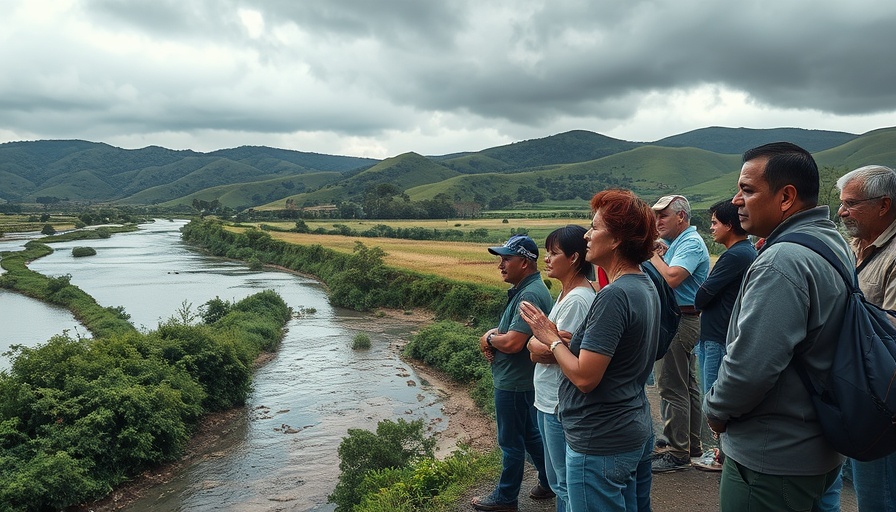
A Tragic Situation: South African Gold Mine Accident
In a haunting incident that has captured the attention of both local and international media, workers at the Sibanye gold mine in South Africa have begun to surface following a recent accident that left many stranded underground. A failure in the hoist system, which transports workers from the depths of the mine to the surface, led to a swift mobilization of rescue operations. This well-publicized event has not only raised safety concerns but also spotlighted the ongoing challenges faced by the mining industry in South Africa.
Understanding the Risks of Mining
Mining has always been accompanied by an array of risks, particularly in regions where labor conditions are suboptimal. Incidents like the one at Sibanye are reminders of the hazardous environments workers often endure. According to the Mine Safety and Health Administration, mining remains one of the most dangerous professions globally, with accidents frequently leading to injury or loss of life. As technology advances, there is a pressing need for companies to invest in safer equipment and innovative rescue technologies that protect workers.
Historical Context of Mining Safety in South Africa
South Africa has a long and troubled history concerning mining safety. The country is rich in minerals, which has historically fueled both its economy and its labor disputes. Notorious mining disasters, such as the 2014 tragedy at the Gold Fields mine, where over a dozen miners lost their lives, have prompted reform in safety regulations. Despite improvements, unions argue that many mines continue to operate under perilous conditions, placing profits over the safety and dignity of their workers.
The Human Cost: Stories from the Ground
As the rescue operations continue, stories are emerging of the emotional and psychological toll this accident has taken on the trapped miners and their families. A family member, who remains anxiously waiting for news, shared, “We can only hope they are safe. Each hour is a reminder of how fragile life is down there.” These sentiments encapsulate the fear and uncertainty consuming families of miners—a critical perspective that often gets overshadowed by the technical details of such accidents.
Lessons Learned: The Path to Safer Mines
In light of recent events, it is vital to reflect on the measures needed to improve safety protocols in mining. Organizations like the International Council on Mining and Metals (ICMM) emphasize the importance of adopting coding systems, comprehensive training programs for emergency situations, and investing in infrastructure designed to mitigate such incidents from occurring in the future. Learning from past disasters can play a pivotal role in curtailing similar instances.
Engagement and Action: How Can We Help?
For web developers and tech enthusiasts, there’s an opportunity to leverage technology in support of safety in the mining sector. Innovations in data analytics, real-time monitoring, and predictive maintenance systems can revolutionize operations and protect workers. Collaborating with mining companies to enhance their digital infrastructure could lead to pioneering solutions that safeguard lives.
The Future of Mining: Is Technology the Answer?
As we move forward, it’s essential to contemplate the role technology can play in reshaping the mining landscape. Automation, robotics, and artificial intelligence could significantly reduce human exposure to dangerous conditions, allowing for a safer working environment. However, the transition to advanced technological solutions must be approached responsibly, ensuring the livelihoods of workers are respected while enhancing safety.
 Add Row
Add Row  Add
Add 




 Add Row
Add Row  Add
Add 

Write A Comment